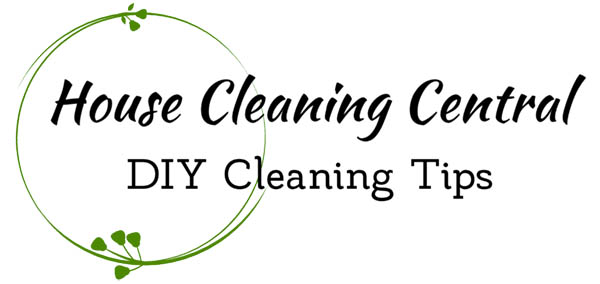How to Clean your Oven

How to Clean your Oven
Oh darn, you need to clean the oven
You know the signs… Black smoke and the stench of burned food when you are baking.
Burned sugars, like those from baking pies and such are the worst, both in the awful smell and in the difficulty to remove.
All the baked-on black stuff is called carbon and it can be hard to remove. Here’s the best cleaning tips that I know of to get your oven clean.
Safety Precautions:
Oven cleaners are, by nature, quite harsh. If you’re going to clean your oven, always wear a strong pair of rubber gloves. When spraying caustic chemicals, eye protection is a must. Avoid breathing oven cleaner fumes. Your body will thank you later!
An important note: if you have a greasy or extra large spill in your oven, wipe as much of the grease out as possible before attempting to clean the oven with chemicals or even the self clean option.
Extra large pieces of food and debris should removed before cleaning the oven. Both self cleaning and spray on oven cleaners will be able to do a much better job for you.
The self-clean feature raises the temperature to extremely high levels that can start a grease fire even without a flame. Not to mention a large amount of foul-smelling smoke from the burning grease.
If your oven bottom is completely covered in food waste and grease, the cleaning chemicals will not be able to penetrate all the way through.
Oven Racks:
To help prevent the need to scrub your oven racks, soak them overnight in extremely hot water and dish soap.
If you have a laundry or utility tub, this is a great place to do the soaking.
If not, place old towels in your bath tub and lay the racks on top to prevent scratching the porcelain veneer on the tub. Your oven racks will be clean in no time.
You can also spray the racks with oven cleaner- This is a quick and effective way of removing burn on grunge fast.
Oven Cleaners:
There are many commercial oven cleaners on the market today that work overnight.
You simply coat the oven with the cleaner before bed, and wake up to an oven that needs to be wiped down.
If you’re a little forgetful, We recommend that you put a large sign on the front of your oven to remind yourself that the cleaner needs removing. -You don’t want to turn the oven on to bake something and discover dried on oven cleaner on the inside of the oven.
But don’t feed bad, I’ve done this and I’m sure plenty of others have forgotten too!
Self-Cleaning Ovens:
This seems intuitive, but industry surveys indicate that more than half of the people who have a self-cleaning option on their oven don’t use it to clean!
It’s not a perfect method by any means, but it is easy and requires little or no scrubbing on your part.
Be sure to read the manual for your oven, and we recommend turning on a fan or opening a window to ventilate the area well when the oven is cleaning.
Remove the oven racks before using the self clean setting. The self clean cycle heats the oven to over 500 degrees.
At this high temperature, metals will expand. If the oven racks are left in the oven they will expand as well, potentially warping the inside of the oven or cracking the porcelain coating on the inside. Not a good thing!
When the self clean shuts off and the oven cools, a clean, damp sponge will wipe away the mess, and leave you with a great looking oven!
Keeping Your Oven Clean:
If you’re cooking something that you know has the tendency to overflow and cover the floor of your oven, prevent the spill from ever reaching the oven floor.
Place a cookie sheet covered in aluminum foil on the rack under the one on which you’re cooking. If you’re using all of the racks, you can put the aluminum foil directly on the floor of the over.
Cleaning Up Spills:
If you do have a spill in the oven, pour a healthy amount of salt on the spill immediately.
The salt will prevent the spill from catching fire and will allow it to be wiped up more easily once the oven has cooled. Another great use for common table salt!

